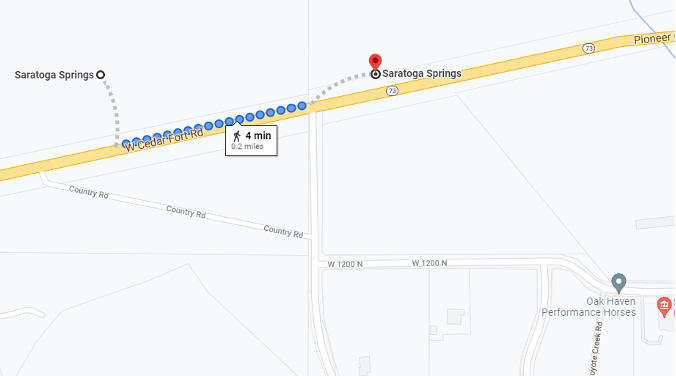Blog Post
Insight: Shifting Balance Points – Mean Center of Population Release
By: Eric Albers and Mallory Bateman
Nov 16, 2021
Mean Center of Population
On Tuesday, the Census Bureau released the new mean center of population for the United States based on the 2020 Census. This measure represents the middle point of the country from a population-weighted perspective or the point at which an imaginary, weightless, rigid, and flat surface would balance if each person weighed the same. The mean center of population is different than the geographic center of the nation.
Since the first decennial census in 1790, the mean center of population has shifted west and south. In 2020, the mean center of population shifted from near Plato, Missouri, to Hartville, Missouri. This is the most southerly shift and is one of the shortest distance shifts of this decadal measure since 1790. Considering the low nationwide population increase of 7.4% between 2010 and 2020 and the intense growth in the intermountain west and Texas, these two adjustments make sense.
What is this picture like in Utah?
Like the nationwide trend, the mean center of population in Utah has shifted in a southwesterly direction in recent decades. In 2010, this point was just west of Redwood Road in Saratoga Springs. Initial Gardner Institute analysis kept the 2020 mean center of the state in Saratoga Springs, about 1.5 miles southwest and nearly on the Pony Express Parkway. The official point from the Census Bureau was about .2 miles from the Gardner analysis, or a 4-minute walk away.
Difference between Gardner Institute and Census Bureau Mean Center of Population for Utah
Source: U.S. Bureau of the Census, Analysis by Kem C. Gardner Policy Institute
While population growth across the state influences the geographic shift of Utah’s mean center of population, the two largest counties drive the story. Salt Lake and Utah counties have accounted for over 50% of statewide growth since 1950 and were home to over half of the statewide population in 2020. Given this growth and sizeable population, it is no surprise that the mean population center has straddled the border between these two counties for seven decades.
Utah Mean Center of Population, 1950 to 2020
Source: U.S. Bureau of the Census, Analysis by Kem C. Gardner Policy Institute
Developable land and increasing employment opportunities in southern Salt Lake and northern Utah counties have driven intensified growth in this area this decade. Herriman, Lehi, South Jordan, and Eagle Mountain all added over 20,000 new residents this decade, which combined contributed 22% of the new residential population statewide. Smaller communities like Vineyard and Bluffdale experienced some of the fastest growth in the state this decade.
There is more to the story
Growth in communities throughout northwestern and southwestern Utah also exerted pressure on the mean population center of the state. Between 2010 and 2020, Davis, Weber, and Cache counties added 22% of statewide growth. This population “weight,” combined with varying degrees of growth in all the counties in northern Utah, added strength to a northern pull on the mean center or population.
Driven by intensified growth in Washington and Iron counties, Utah’s mean center of population started to shift southward in the 1980 census. That trend continued between 2010 and 2020, with “additional weight” coming from over 53,000 new residents and accounting for 10% of statewide growth.
The state’s 22 other counties only accounted for 9.5% of growth. Due to low population growth and geographic dispersion, these counties exerted little force upon the mean center of population for the state.
Why it matters
The mean center of population of Utah provides a different way to consider how growth is occurring throughout the state. With the upcoming redevelopment of the Utah State Prison state at The Point, southern Salt Lake County and northern Utah County will likely continue to be the focal point of the mean center of population in the near future.
If you want a deeper understanding of how growth is shifting the state, explore our 2020 Census Redistricting Data Tool.
Eric Albers is a research associate at the Kem C. Gardner Policy Institute.
Mallory Bateman is a senior research manager at the Kem C. Gardner Policy Institute.








